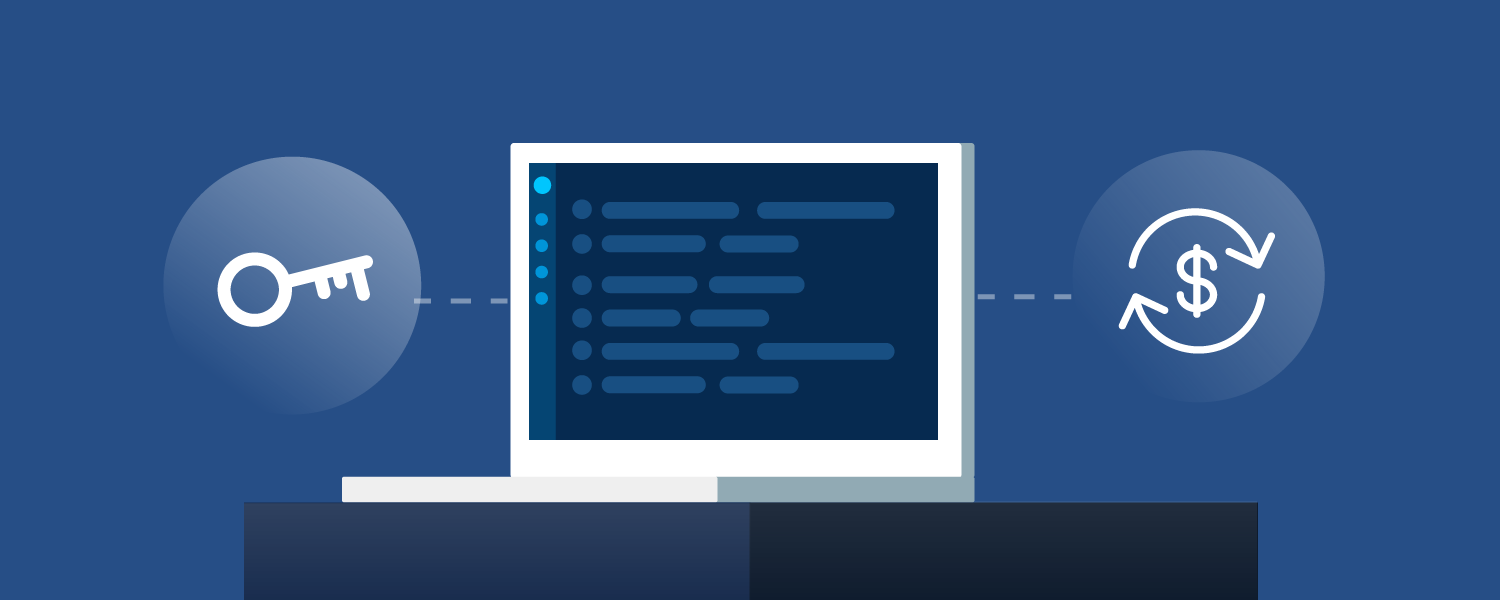The Details: Decoding Legitimate Software Licensing Agreements
Within the current digital landscape, software is an essential part of our daily lives, from the applications we use for work to the games we play for leisure. With this reliance on technology comes an important point to ponder: the legitimacy of the software licenses we encounter. As more users seek the latest tools and resources, the demand for legitimate software licenses has reached new critical levels. Understanding the nuances of these licenses can not only save you from potential legal pitfalls but also enhance your online experience.
Maneuvering through the complex world of software licensing can be daunting. Numerous individuals and businesses find themselves perplexed by the various types of licenses that are available, each with its own terms and restrictions. From proprietary software to open-source options, understanding the differences is essential for compliance and effective usage. In this article, we will explain the intricacies of legitimate software licenses, shedding light on how to recognize authentic licenses and the implications of using illegitimate versions. By the end, you will feel more confident to make educated decisions regarding the software you choose to use.
Types of Software Licenses
Software licenses are crucial for determining how software can be employed, distributed, and altered. They are available in various forms, serving different needs and legal frameworks. The primary types include exclusive licenses, open source licenses, and free software licenses. Proprietary licenses control access to the source code and usually restrict the number of users and installation locations. Users often have to pay a fee for these licenses, and they might not have the right to modify or distribute the software.
Open source licenses are created to encourage collaboration and sharing among users. activatusoftware enable access to the source code, enabling developers to modify and improve the software. Notable open source licenses include the GNU GPL and the MIT, each having specific stipulations about how the software can be recycled or shared again. This model supports a community-driven approach, allowing users to participate to the software's evolution while receiving shared improvements.
Free software licenses, while often concurrent with open source licenses, stress the freedom of users to run, examine, modify, and distribute the software. These licenses center around user rights rather than cost. The Free Software Foundation promotes this philosophy, arguing that software should be available to all. Understanding the nuances between these types of licenses is crucial for those involved in software development or usage, as it dictates how software can be legally utilized.
Key Components of Licenses
When analyzing real software licenses, it is crucial to understand their key components. First and foremost, the license agreement specifies the rights and limitations granted to the user. This covers specific permissions like installation on multiple devices, sharing, modifications, and the duration of use. Understanding these terms is vital for compliance and ensures that users are aware of what is allowed under the license, assisting to avoid unintentional violations.
Another key factor is the definition of the licensor and licensee. The licensor is generally the software creator or distributor who holds the intellectual property rights, while the licensee is the individual or organization acquiring the rights to use the software. Clear identification of both parties is essential, as it establishes the legal framework governing the relationship and the obligations of each party. The responsibilities of the licensee, including payment terms and maintenance of the software, are also articulated in this section.
Ultimately, many licenses contain clauses regarding dispute resolution and liability limitations. This can involve legal jurisdictions, arbitration procedures, and disclaimers of warranty that protect the licensor from liability for issues arising from the use of the software. Being aware of these provisions can help users make informed decisions about their software usage and understand the implications of legal issues that may arise from the licensing agreement.
Frequent Misunderstandings
A common misconception about software licenses is that all licenses are identical. Many users assume that if a software program is accessible for download, it can be utilized freely without any sort of limitations. In reality, licenses can differ significantly, with some allowing limitless use while others impose strict limitations. It is essential for users to thoroughly read and understand the terms associated with each software license to avoid unintended violations and potential legal problems.
A further common belief is that open-source software does not any sort of licensing limitations. While open-source software allows users to access and modify the source code, it often comes with specific terms and conditions specified by its license. These licenses can define how the software can be used, modified, and shared. Confusing these requirements can result in non-compliance, which goes against the very essence of open-source philosophy.
Ultimately, many individuals assume that purchasing software provides them ownership of it. However, most software licenses grant users a limited right to utilize the software rather than actual ownership. This means that users must follow the license agreements, which often include clauses about limits on installation, usage rights, and the ability to transfer. Recognizing this distinction is essential for software users to remain compliant and fully comprehend their rights and obligations regarding the software they use.
